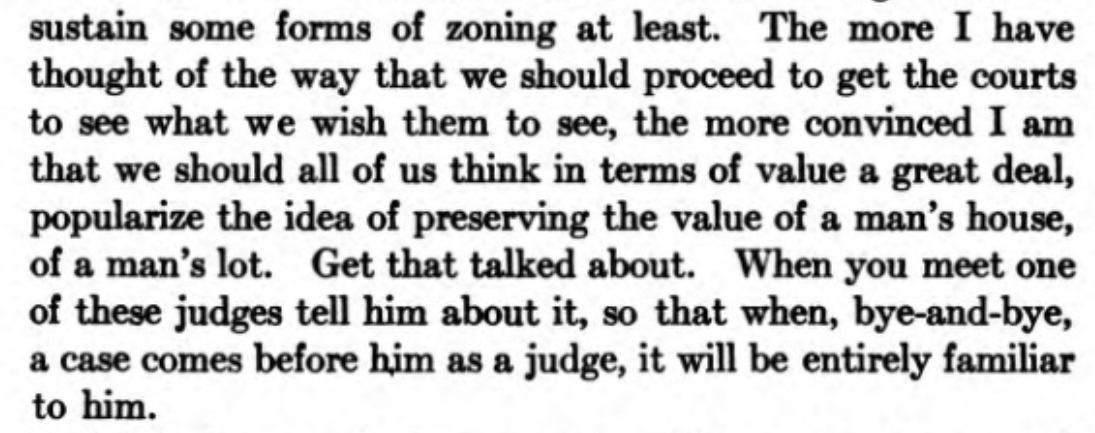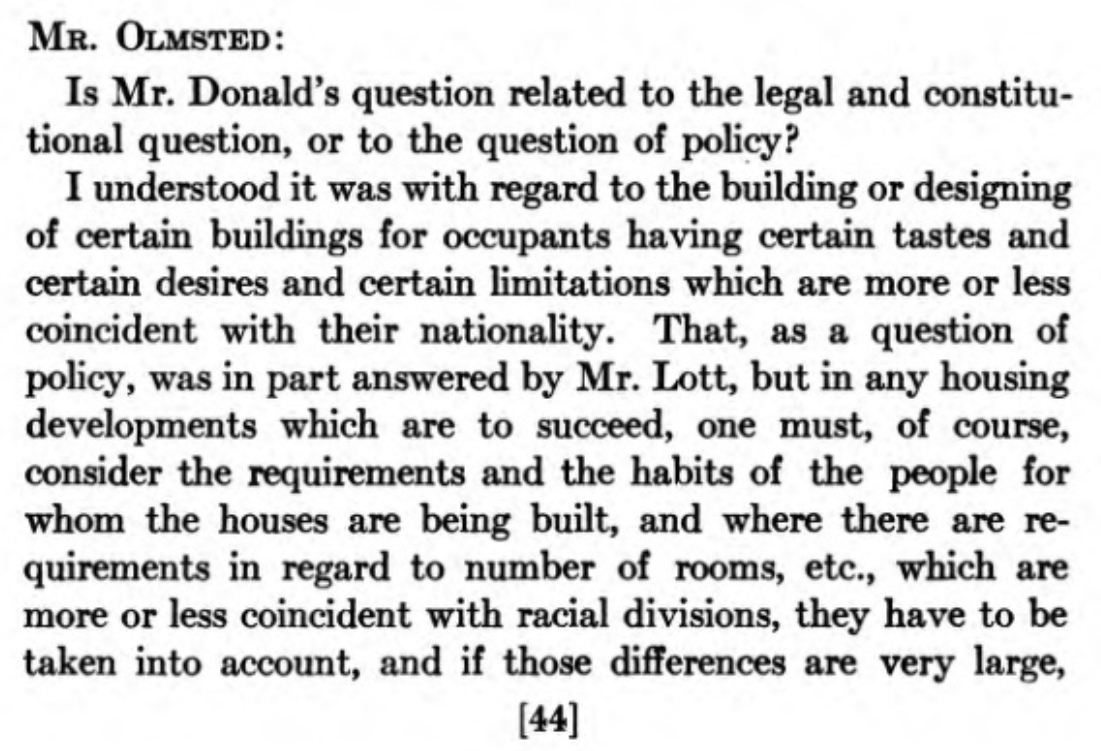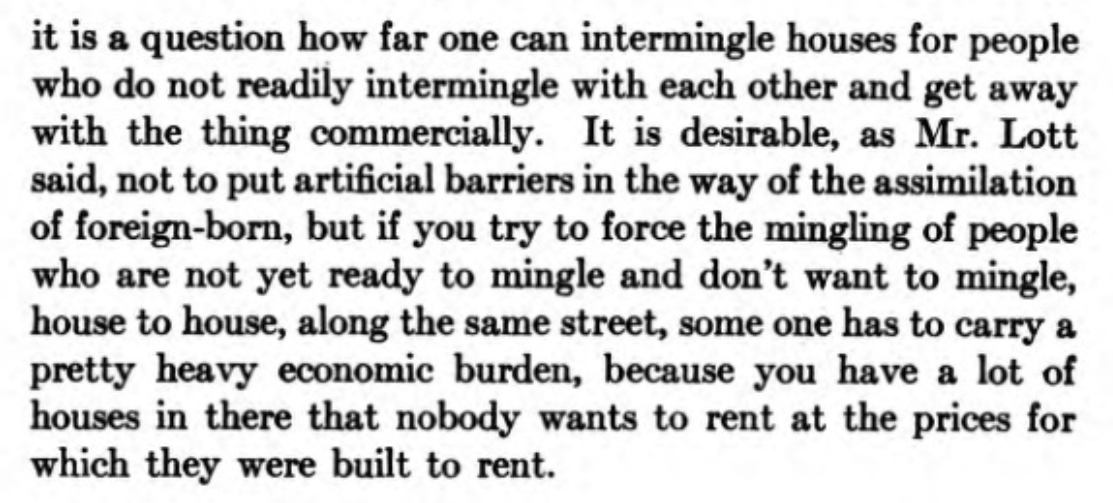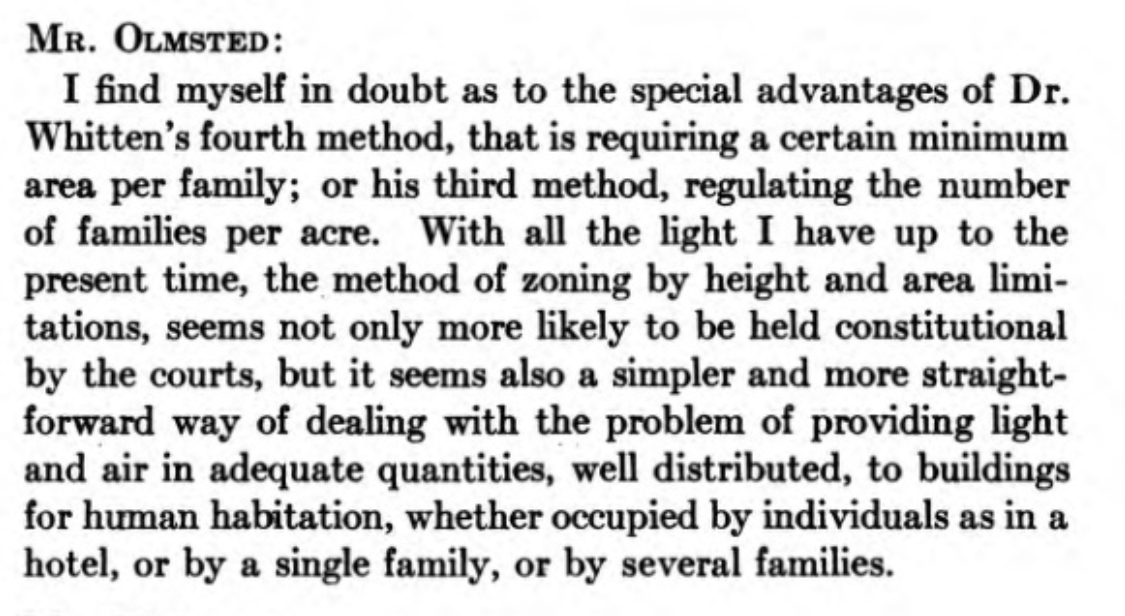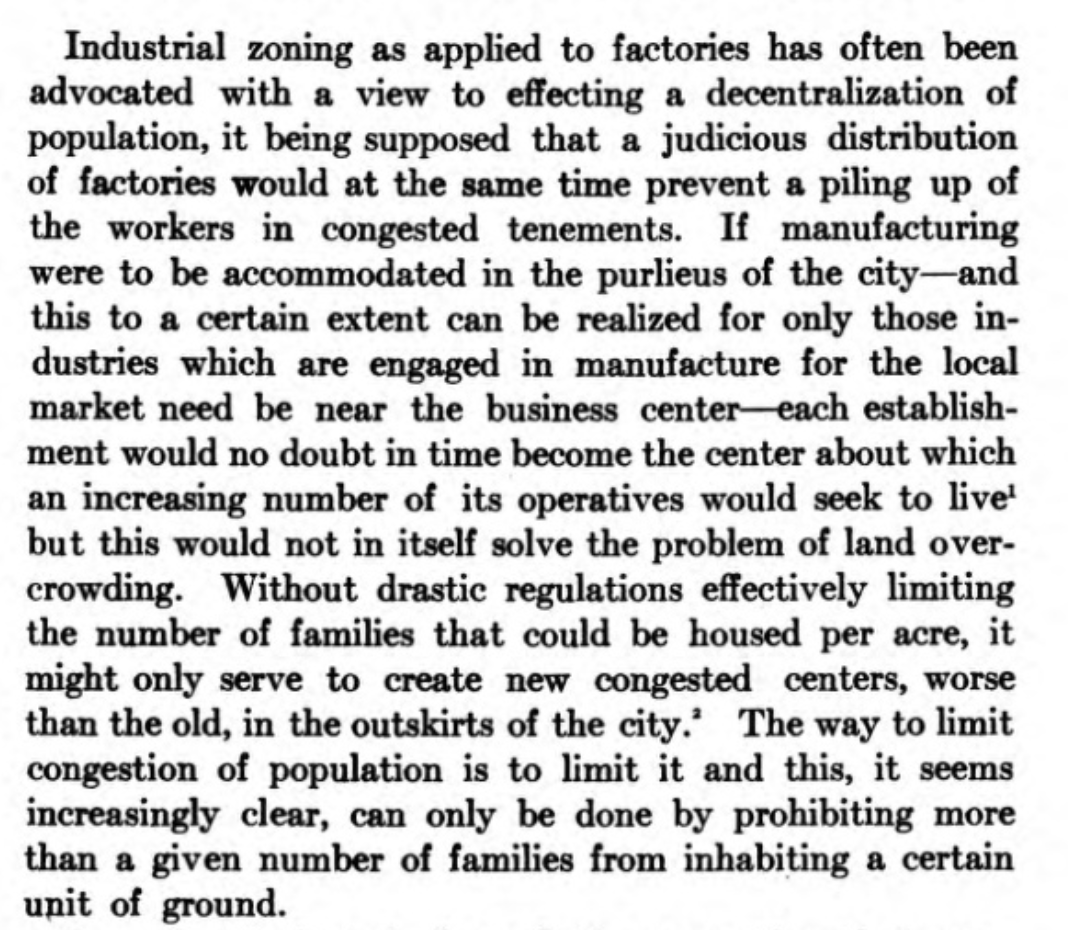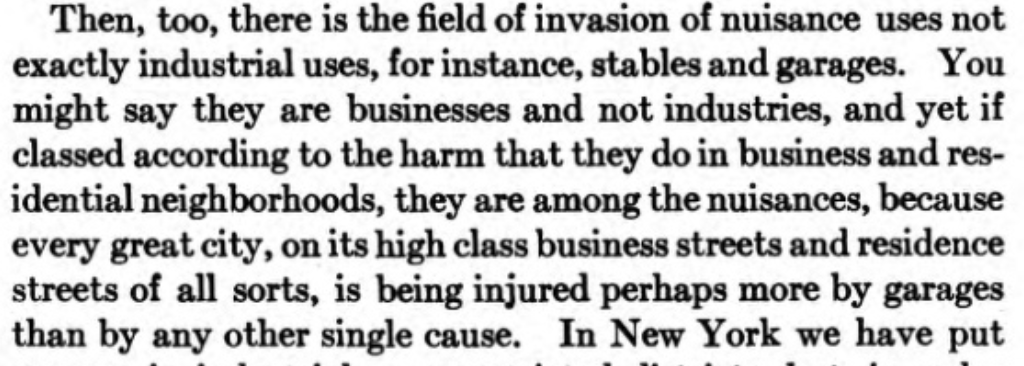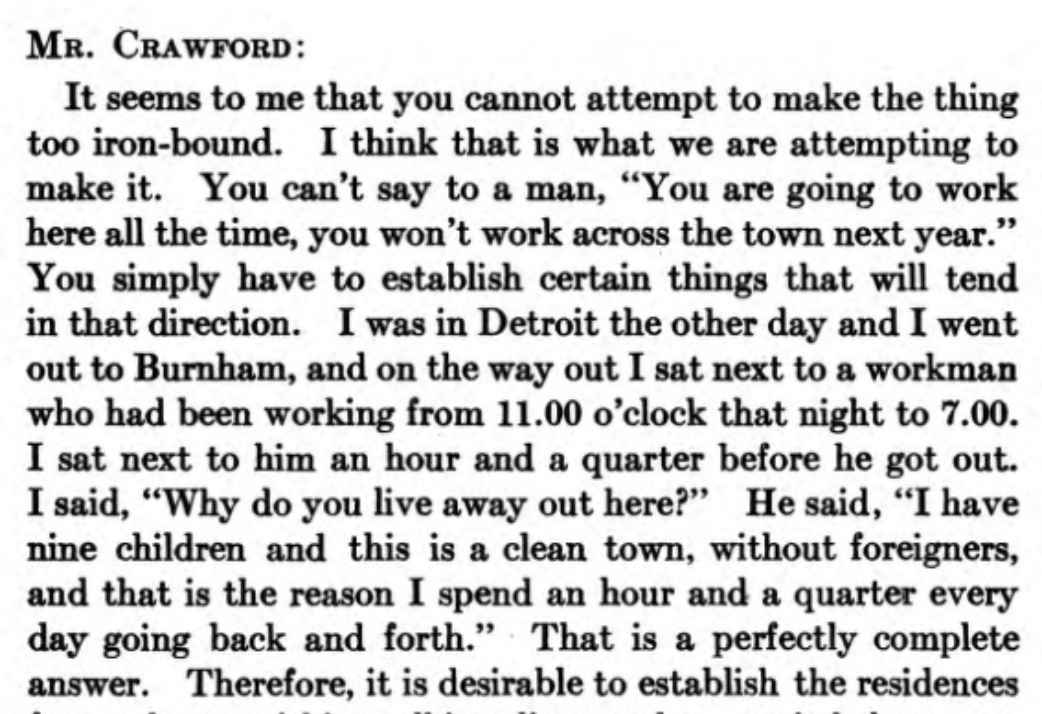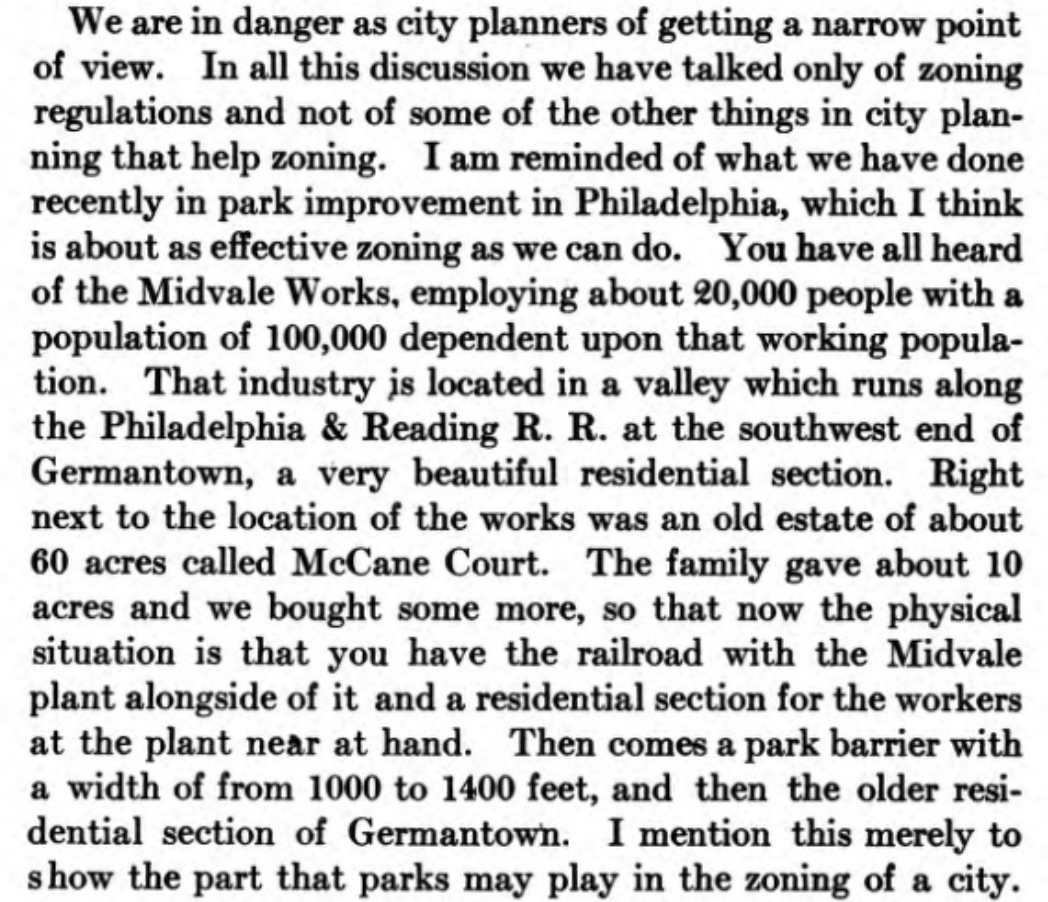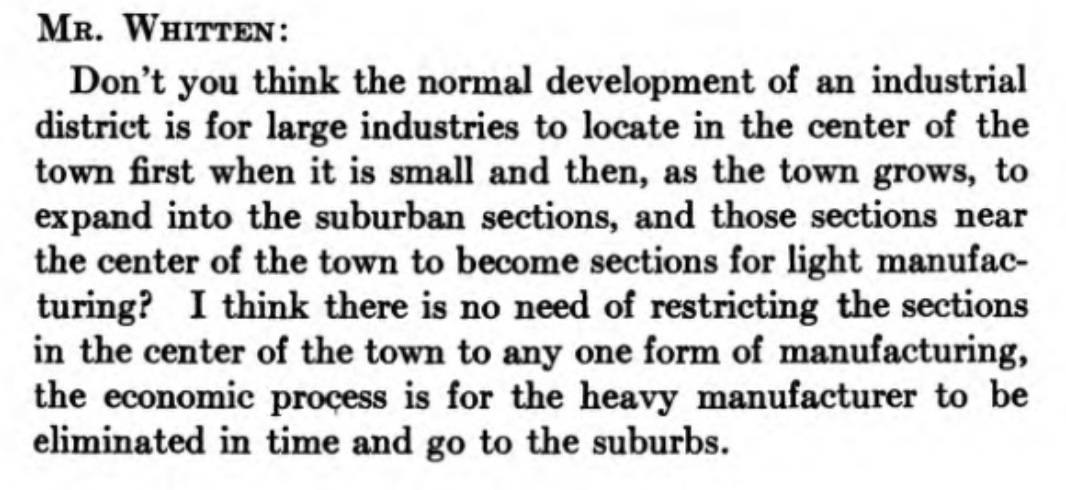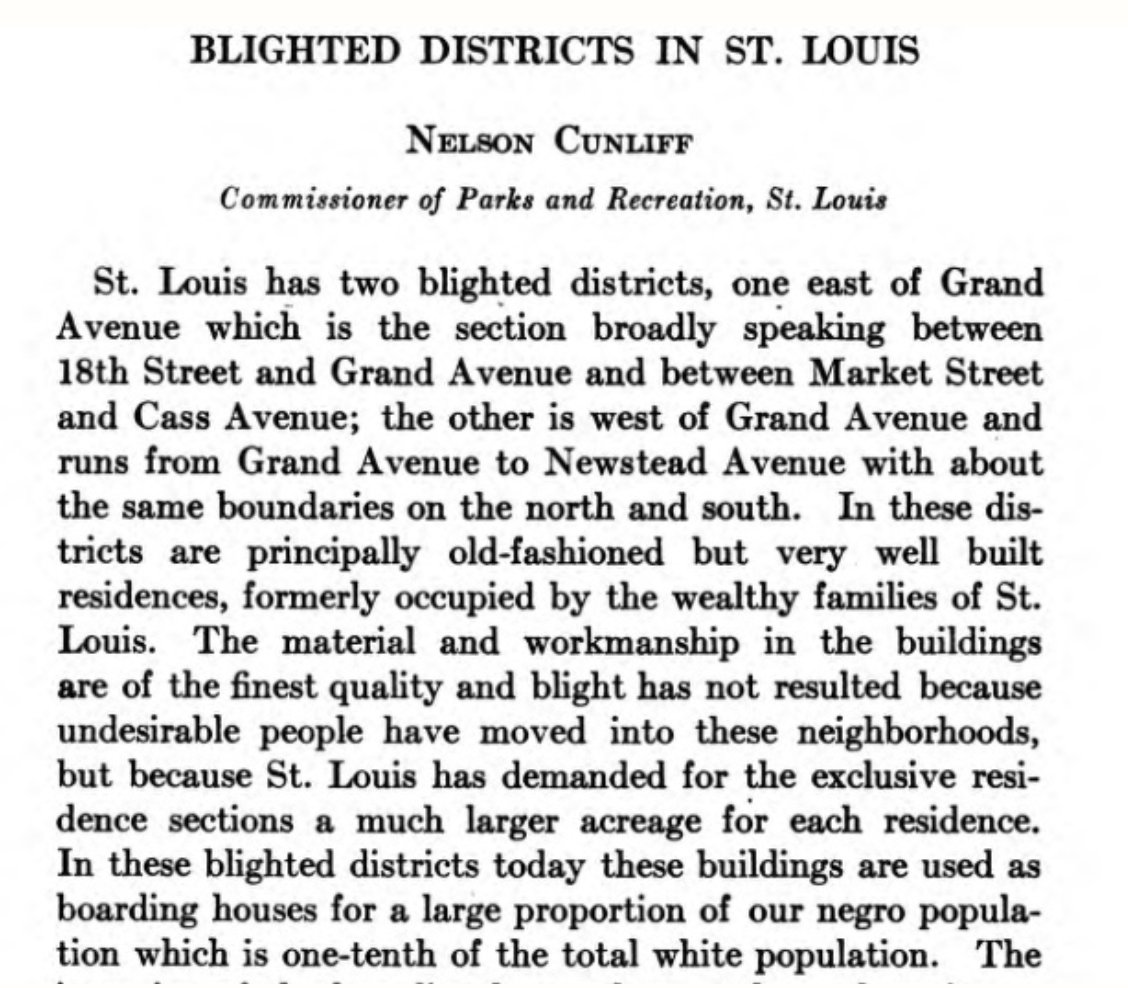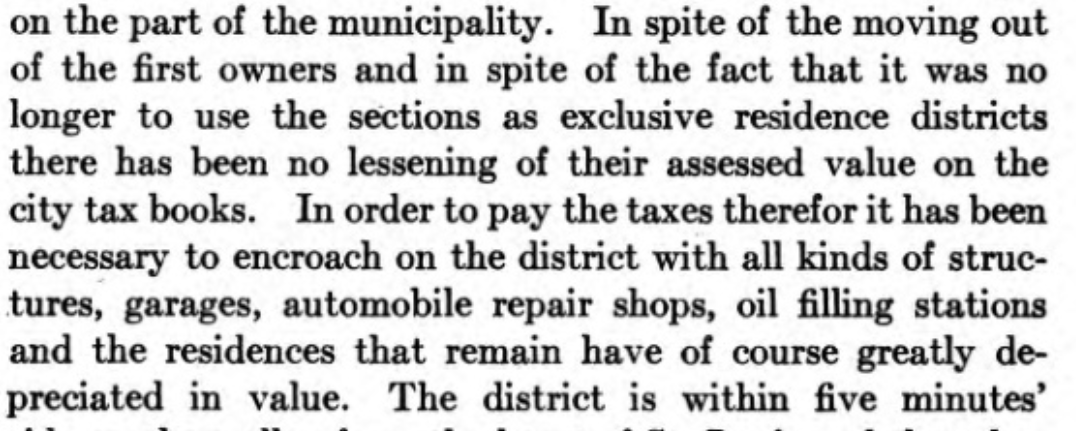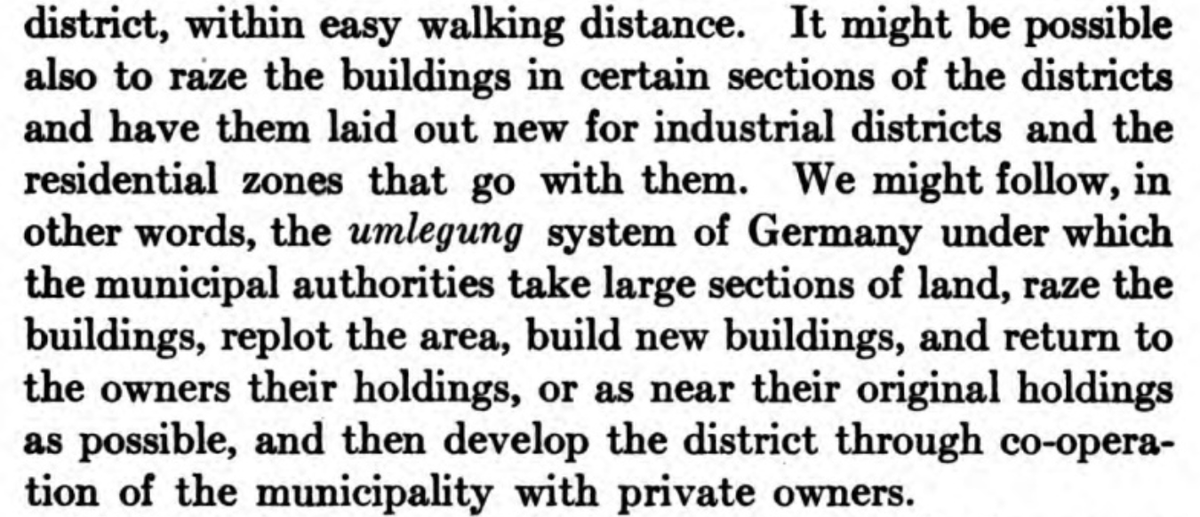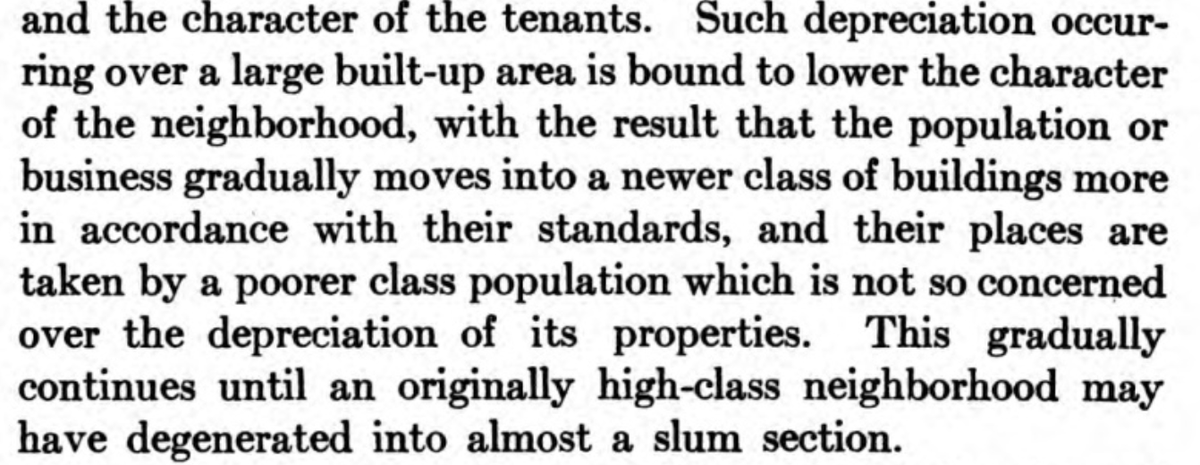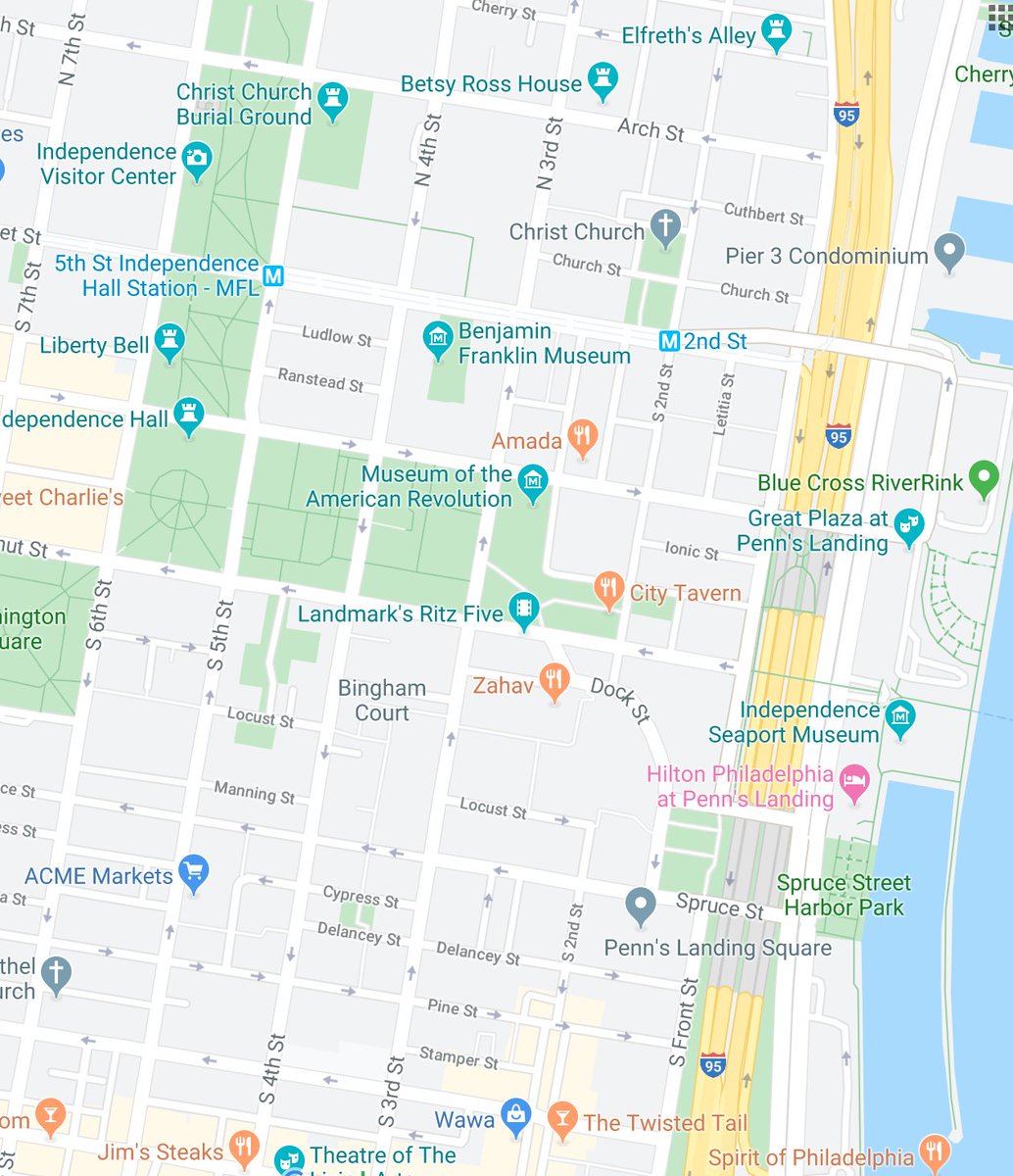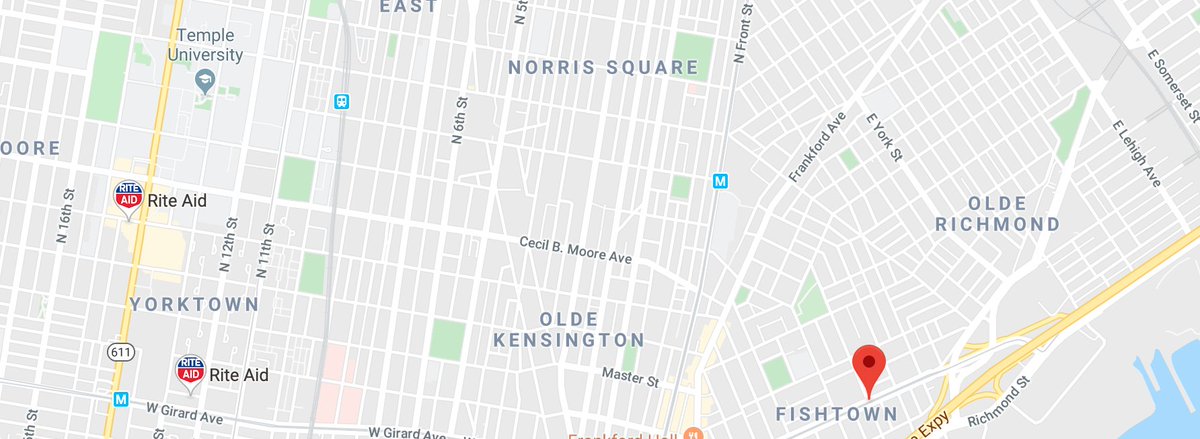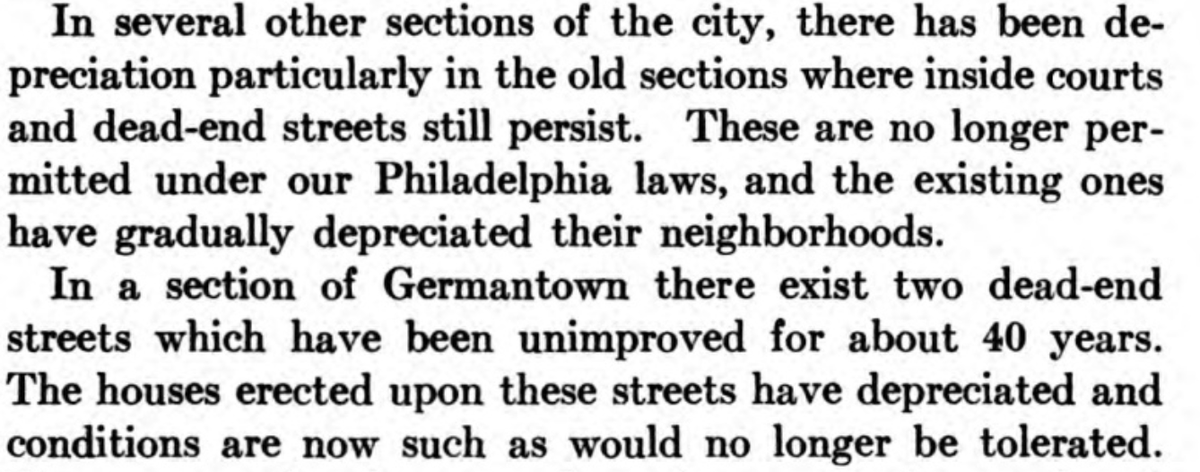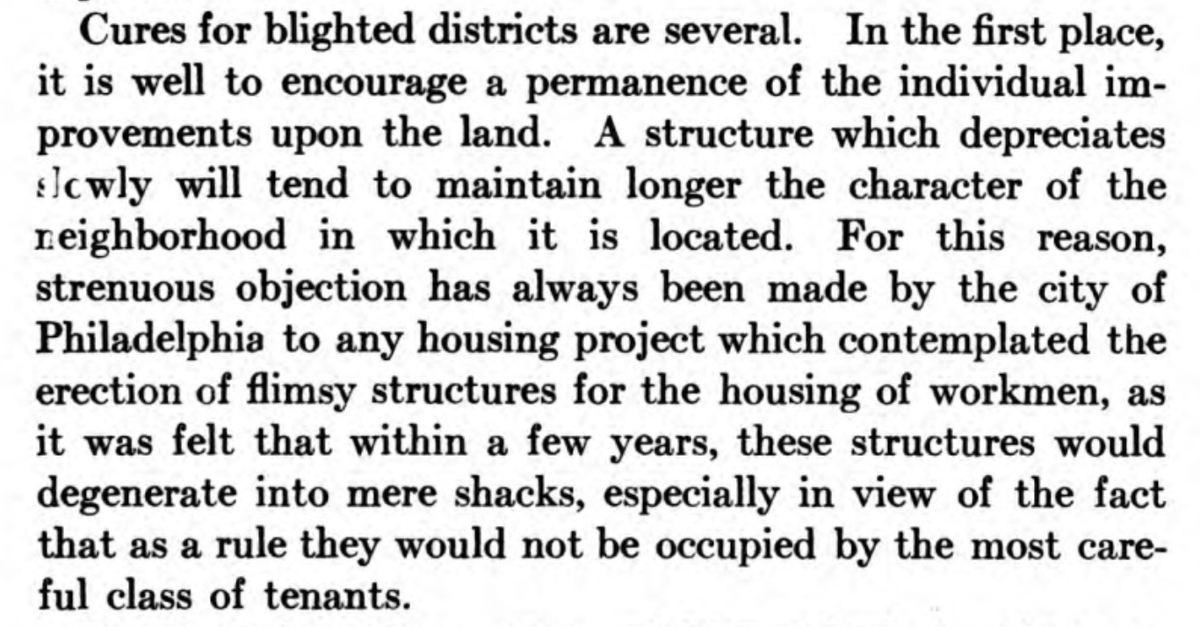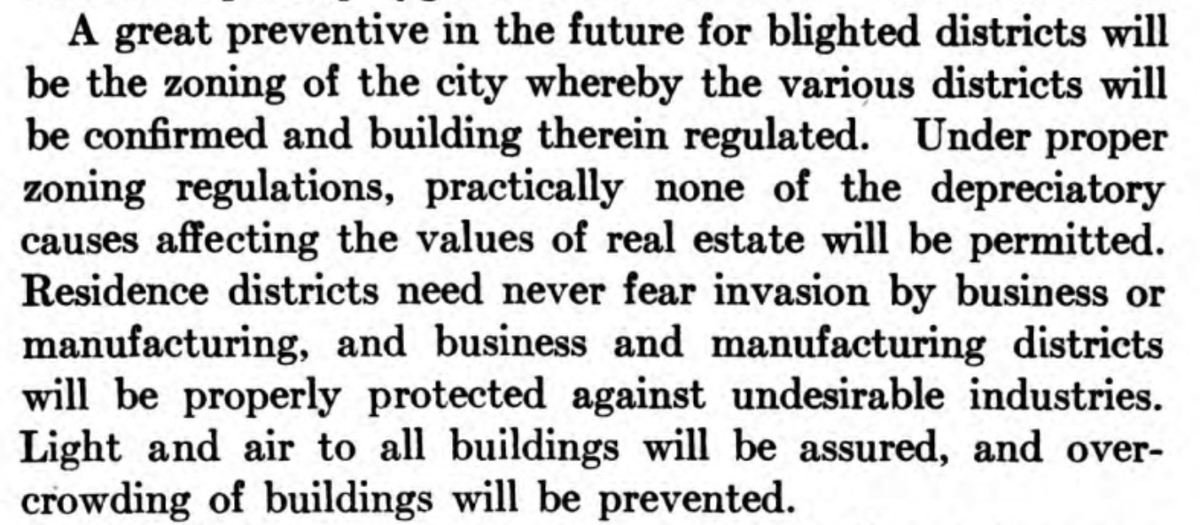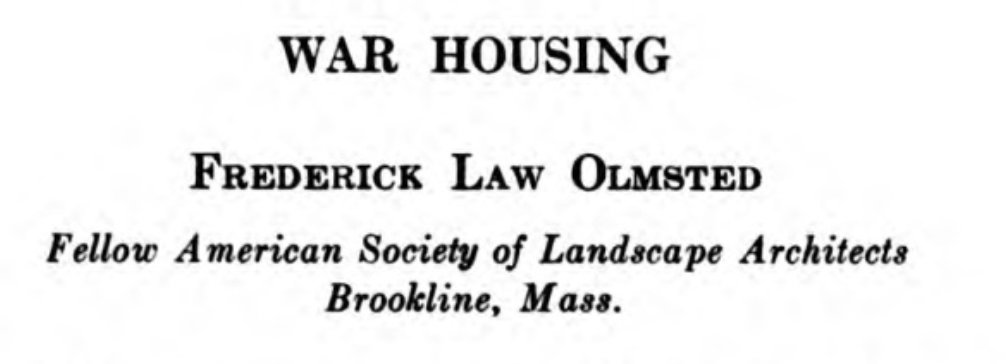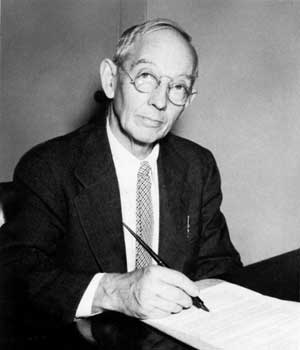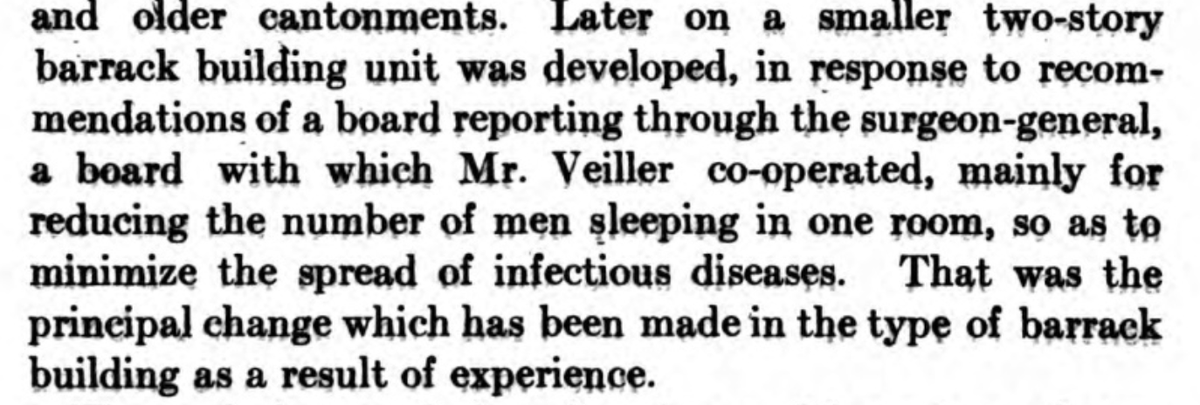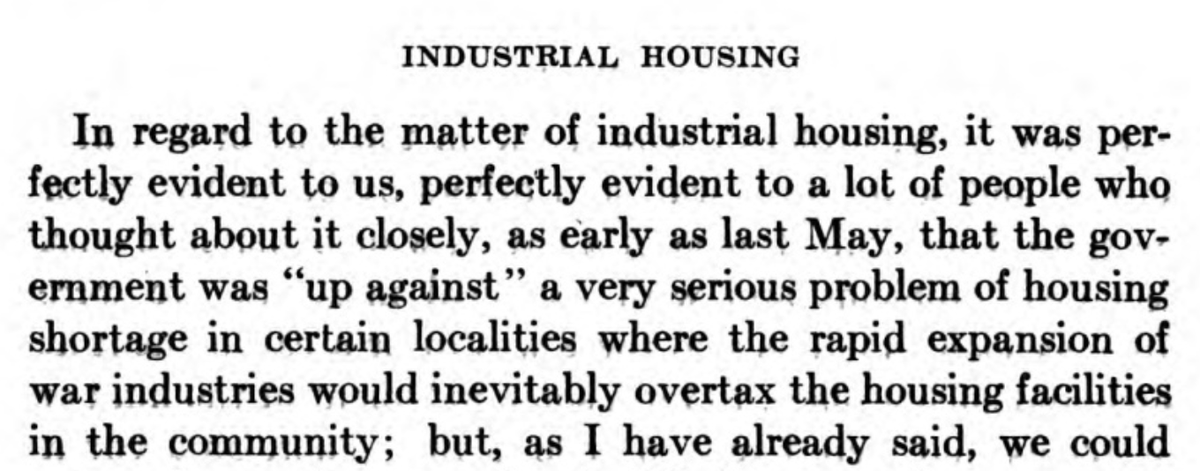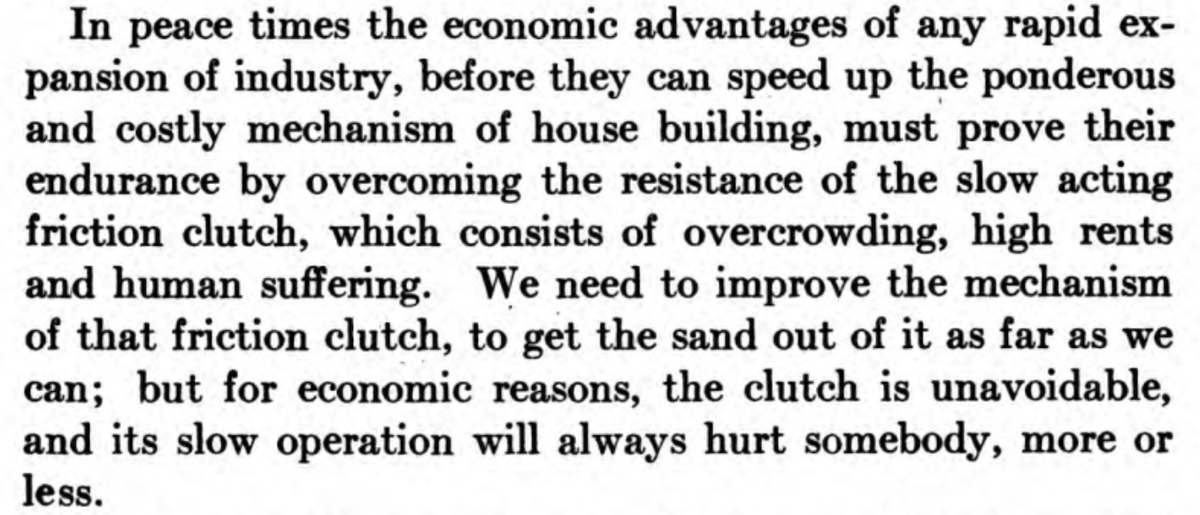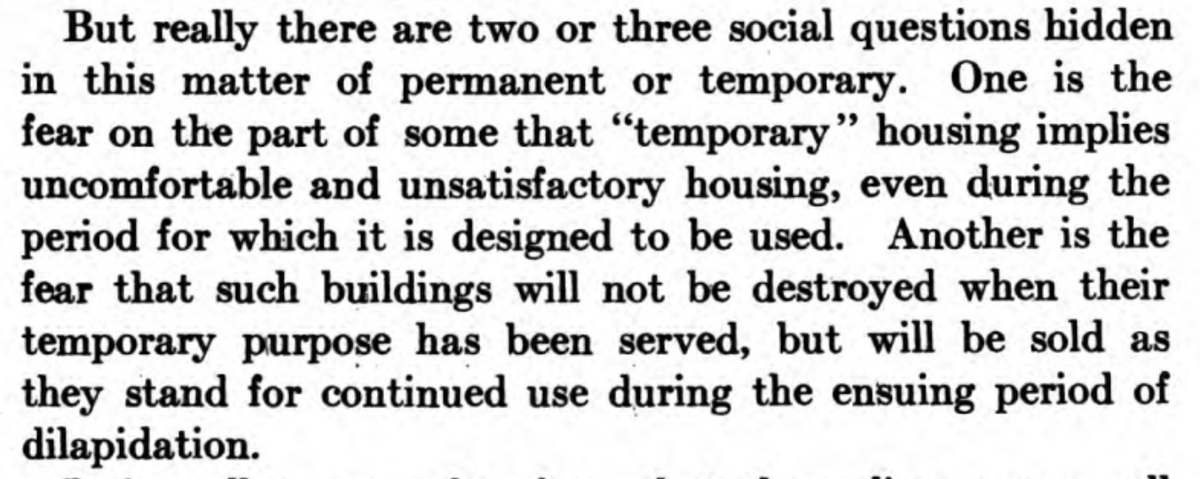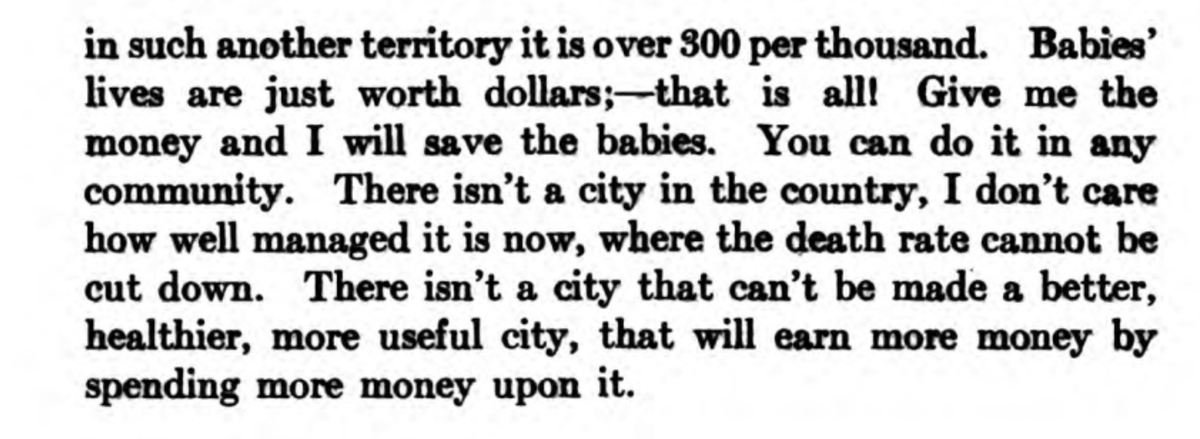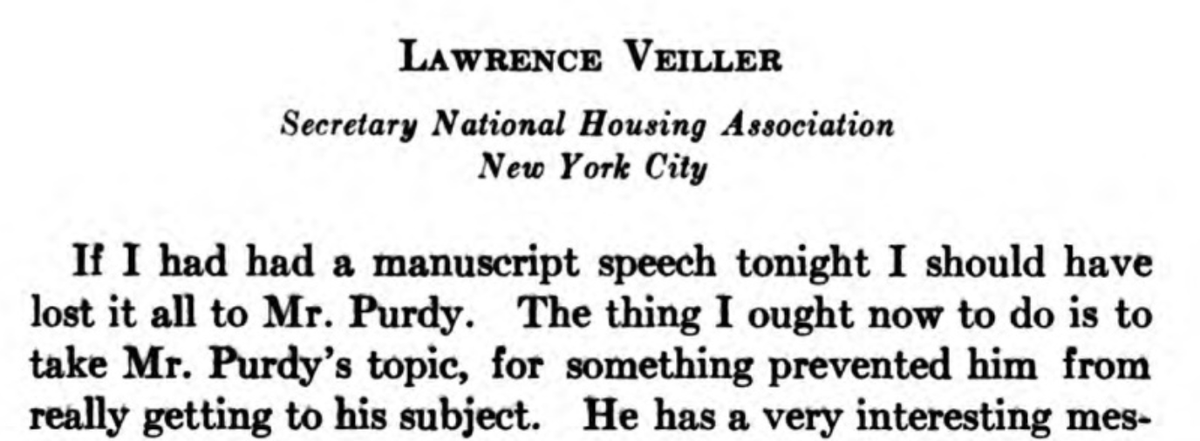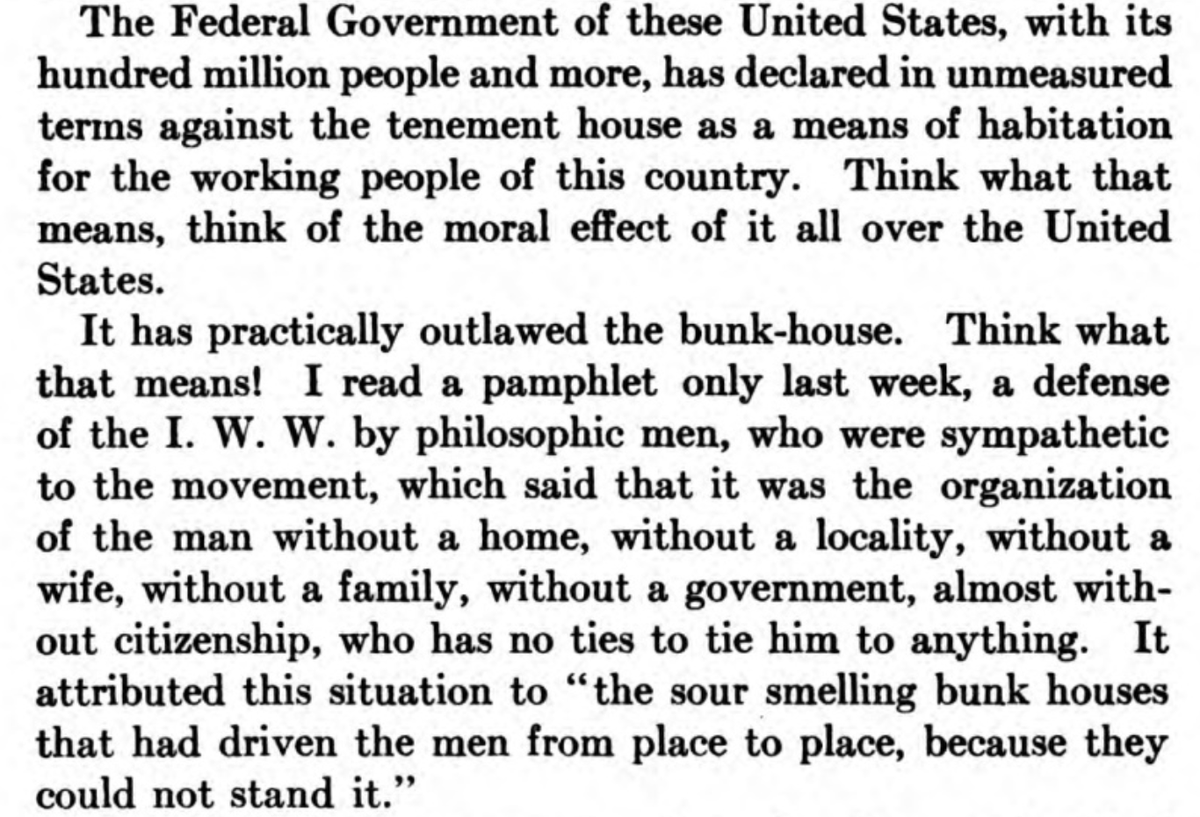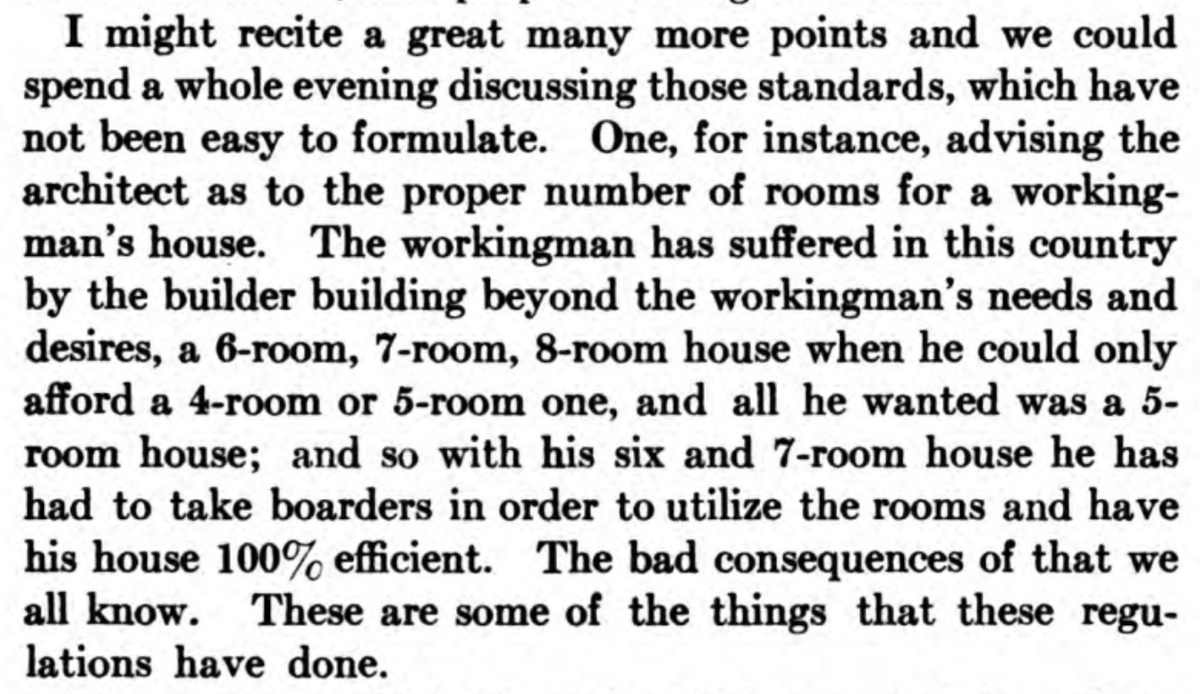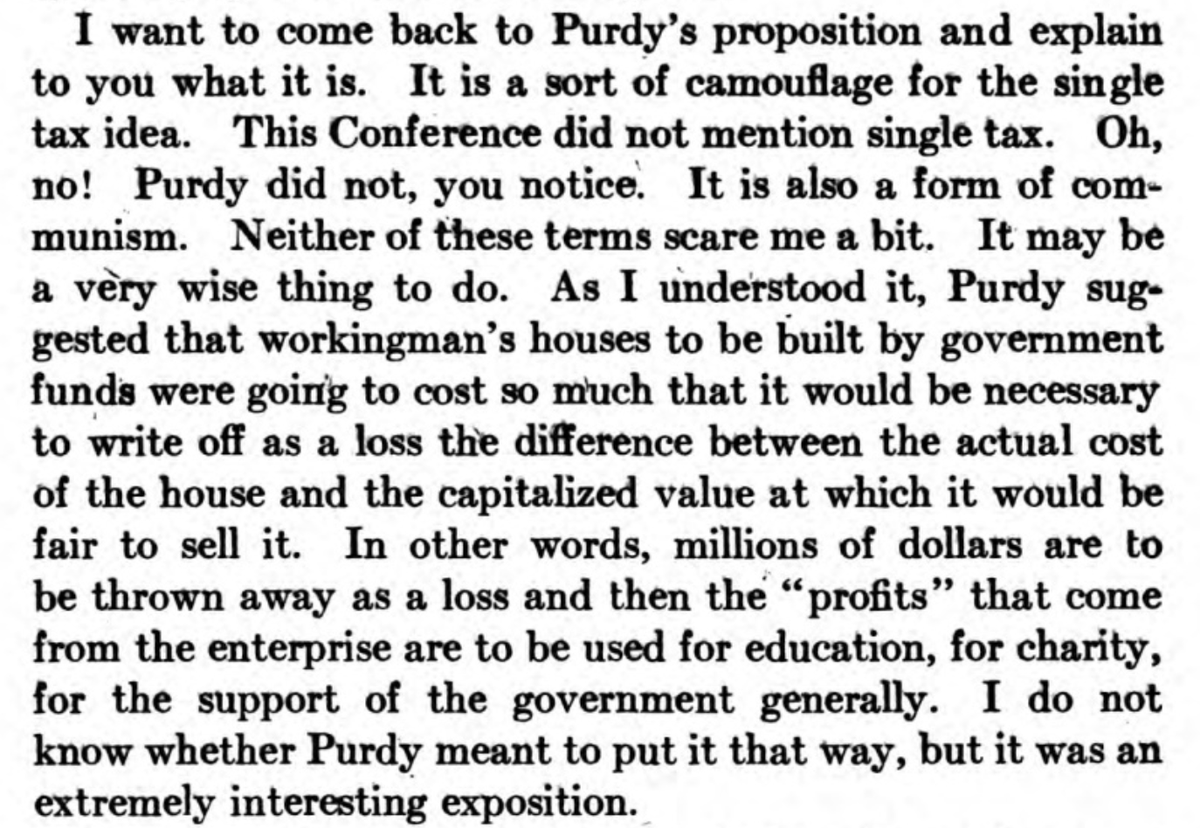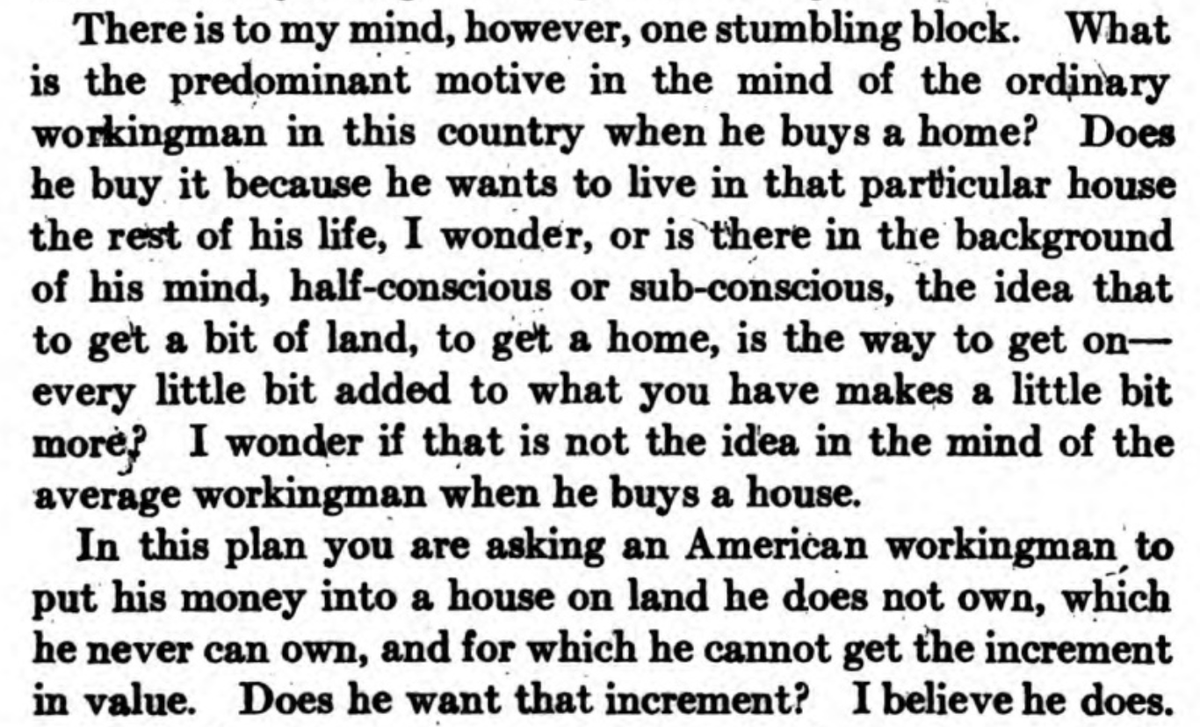1918: The city planners gather in St. Louis for the first time after the landmark Supreme Court Buchanan decision ending explicit enforcement of racial segregation of housing and public areas. https://babel.hathitrust.org/cgi/pt?id=wu.89074743881&view=1up&seq=7">https://babel.hathitrust.org/cgi/pt...
The greats are all here. Harland Bartholomew didn& #39;t have to travel far. I didn& #39;t know famous segregationist Robert H. Whitten wrote up Cleveland& #39;s zoning. That& #39;s a big red flag Cleveland. Frederick Law Olmsted, father of landscape architecture is here, plus Herbert Swan from NYC.
We start with basically a promotional speech about St. Louis. Lots of references to the best-selling novel "The Crisis" which is set in Civil War St. Louis https://en.wikipedia.org/wiki/The_Crisis_(novel)">https://en.wikipedia.org/wiki/The_...
Famous engineer and planner E.P. Goodrich (best known for serving as founding President of @ITEhq ) argues that city plans should be based around industrial development because money.
Harland Bartholomew mentions that single family "First Residence District" zoning is included in the St. Louis Comprehensive plan he has been working on but doesn& #39;t indicate why here.
(he explains that the next year in Chicago) https://twitter.com/LyleSollaYates/status/1190811381731414017?s=20">https://twitter.com/LyleSolla...
Olmsted is not a fan of Bartholomew& #39;s minimum side setback requirements of at least three feet between houses. 16 feet or just do a row house. Anything less is a "nuisance". Bartholomew claims he didn& #39;t expect people to build the minimum.
Lawrence Veiller from NYC is here too and he has opinions on side setbacks for homes. He explains that the big idea here is to secure light and air since they don& #39;t have AC, air filters, smokeless heating, or cheap lightbulbs. Basically they& #39;re using empty land as a workaround.
S. H. Hare from nearby Kansas City takes issue with Bartholomew combining retail and industrial zones as one. Bartholomew argues only NYC separates them because it is so big. That doesn& #39;t makes sense anywhere else.
Next up, Robert H. Whitten who will later author Atlanta& #39;s defiant racial zoning plan wants to to talk about the importance of defending residential property values "the primary purpose" of zoning.
Whitten is arguing that the only way to keep housing affordable in expensive areas is to allow more intensive uses of the land where it is expensive. Coming from pre-zoning world that& #39;s common sense, but it seems radical today.
He lays out four methods for separating detached homes from apartments since they are "mutually antagonistic", noting that single family zoning is likely not constitutional. Race is not mentioned here.
Whitten thinks of these as four different approaches for separating housing types, but today all four (use, coverage, density, and lot size) are common in American cities to raise housing costs and increase automobile dependence.
Lawson Purdy, the property tax reformer and zoning advocate (and a brother  https://abs.twimg.com/emoji/v2/... draggable="false" alt="🔰" title="Japanese symbol for beginner" aria-label="Emoji: Japanese symbol for beginner">
https://abs.twimg.com/emoji/v2/... draggable="false" alt="🔰" title="Japanese symbol for beginner" aria-label="Emoji: Japanese symbol for beginner"> https://abs.twimg.com/emoji/v2/... draggable="false" alt="🐈" title="Cat" aria-label="Emoji: Cat">) is here and has some thoughts on how to pre-sell zoning to judges to avoid the fate of racial zoning. Beating on property values and preventing "destruction" is the key.
https://abs.twimg.com/emoji/v2/... draggable="false" alt="🐈" title="Cat" aria-label="Emoji: Cat">) is here and has some thoughts on how to pre-sell zoning to judges to avoid the fate of racial zoning. Beating on property values and preventing "destruction" is the key.
Bassett has some thoughts on selling zoning also. It& #39;s key to get middle income property owners energized and to show them how zoning will increase the value of their property. He goes on to note the success of blocking apartment construction in NYC and raising housing costs.
@NiagaraFallsUSA has been working on a segregation plan on the basis of race and country of origin and are concerned it may be considered unconstitutional now. Yes, Bassett shares the bad news: "probably finally decided".
Frederick Law Olmsted argues segregation can avoid "a pretty heavy economic burden" if it is done through "artificial barriers" in housing requirements "more or less coincident with racial divisions". Racial segregation can happen through exclusionary zoning.
Olmsted argues that restrictions based on number of occupants won& #39;t fly in court and cities are better off regulating the shape and size of the buildings themselves.
In a long and dry speech on industrial zoning, Herbert Swan argues that the purpose of industrial zoning is really tenement and "overcrowding" prevention by spreading jobs and housing out, though he argues that apartment bans will do this better.
Swan argues that the financial losses in property value in "certain sections" of New York from "unregulated building" have exceeded losses from fire and probably that& #39;s true for the city as a whole. Race is not mentioned directly here.
Bassett responds that the real "industrial" danger threatening residential and business areas is not heavy industry but stables and garages
Goodrich notes that the "congestion" troubles of NYC are caused by too many workers living within walking distance of work and argues that workers should live closer to factories, also anti-semitism is driving housing and factory location decisions after the "Jewish invasion"
Crawford argues that factory workers should also have transit options since they may have children, want a "clean town" and/or hate "foreigners" like a man he met in Detroit.
He goes on to endorse the use of a "park barrier" to separate worker housing and industry from "a very beautiful residential section" like in Philadelphia and "help zoning".
It is amazing to me how central industry is to the idea of the American city at this time. To the people writing the regulations that still rule today, the city is a support system for factories and is judged by the success of those factories and their market share.
Nelson Cunliff, Commissioner of Parks and Recreation in St. Louis, has some ideas on how to dispose of "blighted areas", "old fashioned but very well built residences...used as boarding houses for...our negro population"
Cunliff argues that these historic areas became "blighted" not because of the "undesirable people" that moved in, nor the boarding houses themselves, but high taxes that have forced higher rent commercial uses that have "of course" reduced the property value of the homes. (Huh?)
"First class" appears to be the code for segregated white neighborhoods in 1918. That would be "out of the question" in the area Cunliff is discussing.
He& #39;s proposing slum clearance on the basis of race here, referring to the "umlegung" system in Germany https://de.wikipedia.org/wiki/Umlegung ">https://de.wikipedia.org/wiki/Umle...
Asked a question about traffic and "blight", Cunliff notes that one St. Louis street had heavy car and truck traffic which "necessitated" widening all parallel streets citywide. "Traffic has greatly increased."
Let& #39;s talk about "blight" in 1918 @PhiladelphiaGov with architect and planner William C. Stanton https://www.philadelphiabuildings.org/pab/app/ar_display.cfm/25635">https://www.philadelphiabuildings.org/pab/app/a...
Really struggling to define what we& #39;re talking about. Apparently property can be valuable but still "blighted" because of "the sociological aspect". So "blight" is an area that is "not what it should be". No direct mention of race in the first three paragraphs.
After stumblingly arguing that maybe falling land value is related to "blight", we wander into causes. As buildings age, a "poorer class population" moves in. Slowly nice areas "degenerate" (eugenics term http://eugenicsarchive.ca/discover/tree/535eeb0d7095aa0000000218">https://eugenicsarchive.ca/discover/... ) into a "slum"
Another way for "blight" to creep in is nicer amenities becoming available elsewhere like "electric lights" "which are so tempting" that older areas are left to decline. Enter "a more undesirable class" and then we "degenerate" into a "low-class district"
Then there are "depreciatory improvements" like regular and elevated rail, polluting industry, and the loss of trolley car lines that can cause "depreciation" and a "depressing effect on values"
Stanton argues industrial and business areas hold their value well, but can still deal with "various" market changes.
Stanton believes "blight" can hit a "high grade residence district" (likely expensive and white) if a business moves in, causing the wealthy owners to sell low since "they can afford to sell their properties at a loss" leading to "a lower grade tenant" and "general exodus"
You can view this horror in Philadelphia& #39;s Old Town neighborhood at and near today& #39;s popular Interstate 95 where "old aristocratic families" have been replaced by a "foreign population, in some cases four or five families living in a building"
Northeast Philadelphia north of Girard Avenue is facing "the influx of a considerable number of colored people" which in this context I take to equal "blight" https://www.google.com/maps/place/E+Girard+Ave,+Philadelphia,+PA/@39.9752421,-75.1508623,14.58z/data=!4m5!3m4!1s0x89c6c841142bdc23:0xa63e65b426b65ad0!8m2!3d39.9713092!4d-75.1270773">https://www.google.com/maps/plac...
Wow, we went a long way without admitting what we were actually talking about when we said "blight".
Interesting, in 1918 "dead-end" streets are considered to be bad for property values, so the city is working to tear them down and finish the street connections to prevent "blight" which I understand to mean African American homes.
Fear not reader, "blight" can be prevented. First, "it is well" to prevent any homes for "workmen" since they are "flimsy" and will "degenerate" into "shacks". Presumably they do not need homes or will find them in a less discriminating place far away.
Want to scare off those "blight" people? Consider a "park, playground, boulevard, or recreation center" to "rapidly restore values".
Of course, zoning will be the key to "confirm" districts safe from "blight" preventing "invasion" and "overcrowding" to ensure they will be "protected", "assured" "light and air". "A great preventive"
1918 Philadelphia is going to enormous lengths to prevent "blight" (homes for African Americans) but the private sector has done much more "in raising land values all over the city" and ensuring "the scarcity of houses"
The most important way for Philadelphia to prevent "blighted" African American districts will be to pass zoning, making "workmen", "apartment houses", and "colored people" "a thing of the past"
Interestingly no discussion is recorded on this item. I& #39;m guessing boredom is setting in. Lots of repeated ideas here.
1918 Frederick Law Olmsted (the lesser) would like to address you about "War Housing". He& #39;s had some pretty frank ideas about racial segregation so far so this might be of some interest today.
Just to be clear (since I was confused), this is not Frederick Law Olmsted Sr, father of Landscape Architecture like I thought. This is his son of the same name. https://en.wikipedia.org/wiki/Frederick_Law_Olmsted_Jr.">https://en.wikipedia.org/wiki/Fred...
The "Seminal Catastrophe" (WWI) is almost over, so Olmsted has been working to recommend a plan for new "communities" to train soldiers and make "war materials"
Interesting note here that the standard US army barracks design was redone by Veiller and others to spread the super flu less efficiently. https://en.wikipedia.org/wiki/Spanish_flu">https://en.wikipedia.org/wiki/Span...
Olmsted takes housing shortages for granted, with their "overcrowding, hight rents, and human suffering" since they are "unavoidable" "for economic reasons"
Ah, but wartime is special, now we have to build homes since they are an "essential secondary industry" even if it is "colossal wastage".
Long process details on how an act to allow government war housing came to be (that act linked here) https://www.loc.gov/law/help/statutes-at-large/65th-congress/session-2/c65s2ch74.pdf">https://www.loc.gov/law/help/...
Temporary government war housing was opposed to prevent corruption and graft, to prevent creeping Socialism, and to keep "temporary" homes from ruining otherwise nice communities when they are not "destroyed" on schedule.
Lawson Purdy gives a wandering untitled talk arguing that war housing should be kept up after the war and managed along Georgist lines, with the revenues used to "save the babies" and other projects. (I personally think Purdy was right, but I don& #39;t think this is what happened)
Veiller is up, this looks like another untitled off the cuff mess. I& #39;m noticing that the segregationists are much better prepared than the starry eyed reformers.
Ah, it& #39;s late and I suspect there are alcoholic beverages in the room. This may have been sabotage.
Veiller is excited that tenements and bunk houses won& #39;t be used for federal war housing thanks to Olmsted& #39;s work. https://en.wikipedia.org/wiki/Bunkhouse ">https://en.wikipedia.org/wiki/Bunk...
He is also excited about new federal guidance on smaller homes for working people that won& #39;t require leasing rooms out "to have his house 100% efficient"..."The bad consequences...we all know". I& #39;m guessing there was a moral panic about boarders.
Veiller explains what Purdy couldn& #39;t get out, that war housing could be a trojan horse for a permanent utopian Georgist housing project spitting out social welfare spending, "a form of Communism" (not as scary a term in 1918) https://en.wikipedia.org/wiki/Single_tax ">https://en.wikipedia.org/wiki/Sing...
Veiller goes on to lay out the essential argument against Georgist communes and eventually community land trusts, that they trade individual wealth creation for community wealth creation.
Excellent parting words. I may steal this. "I have been just as nasty as I know how to be in a pleasant way." Veiller drops the mic

 Read on Twitter
Read on Twitter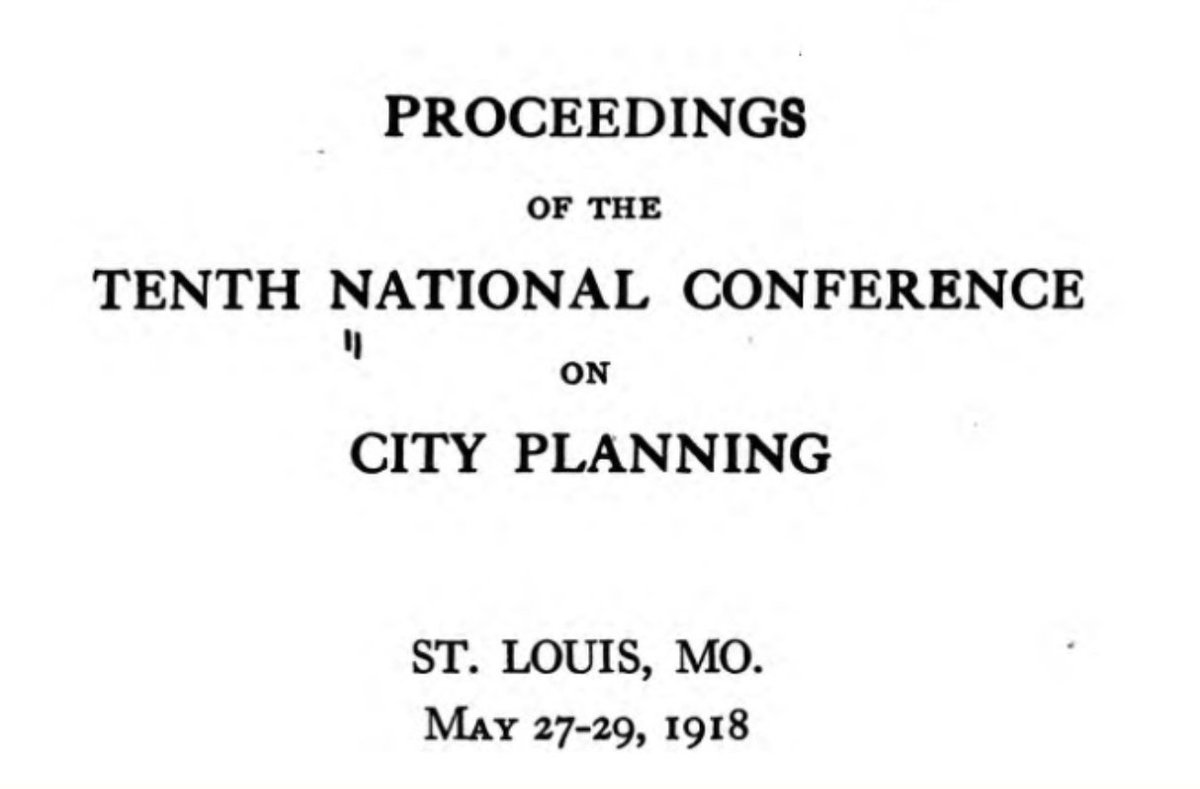

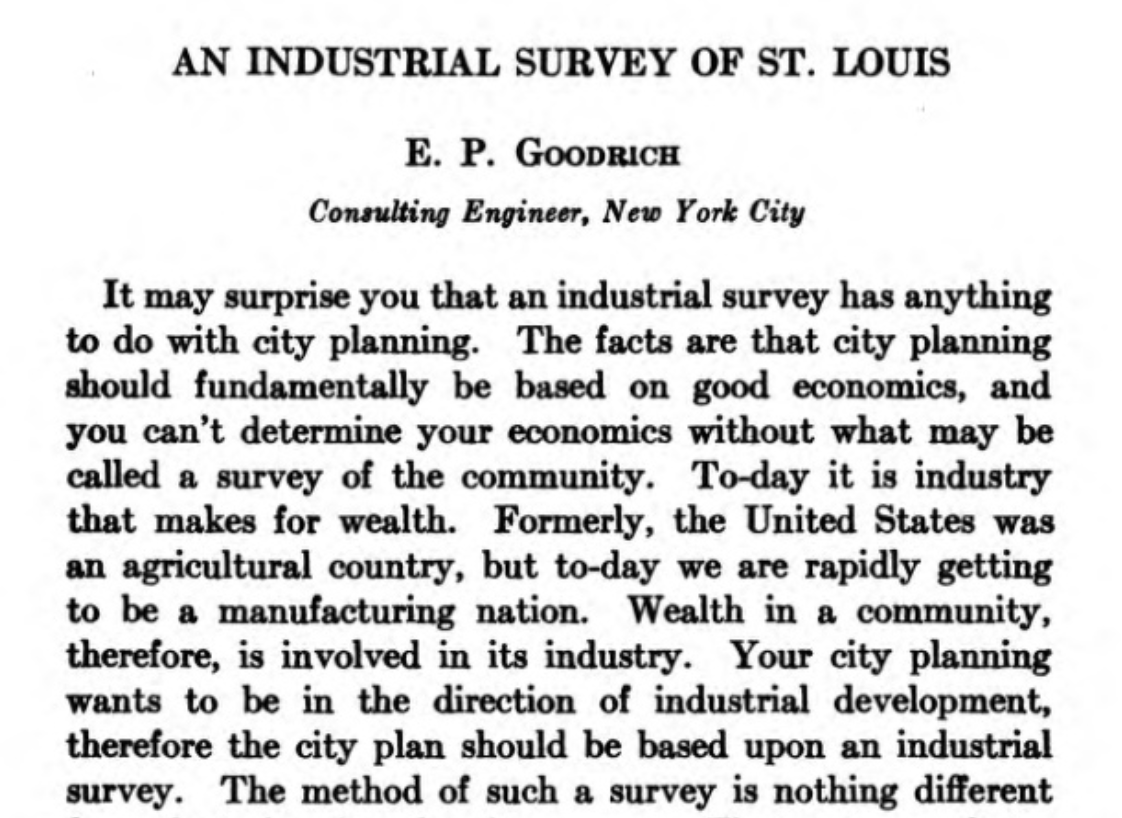
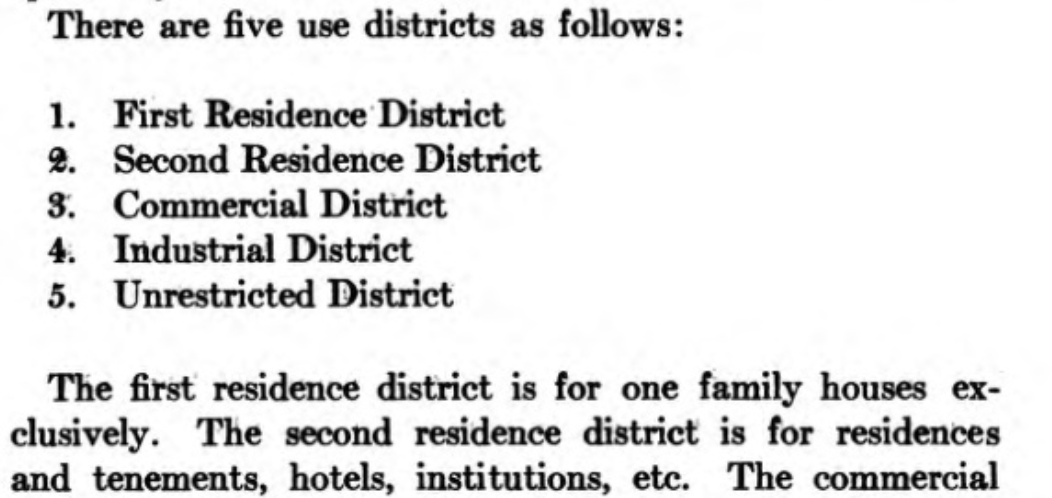

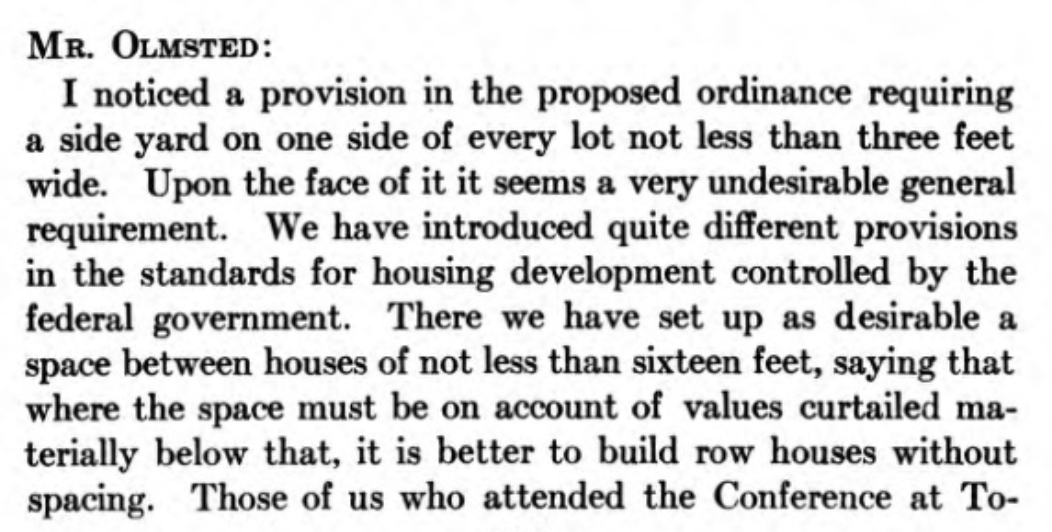

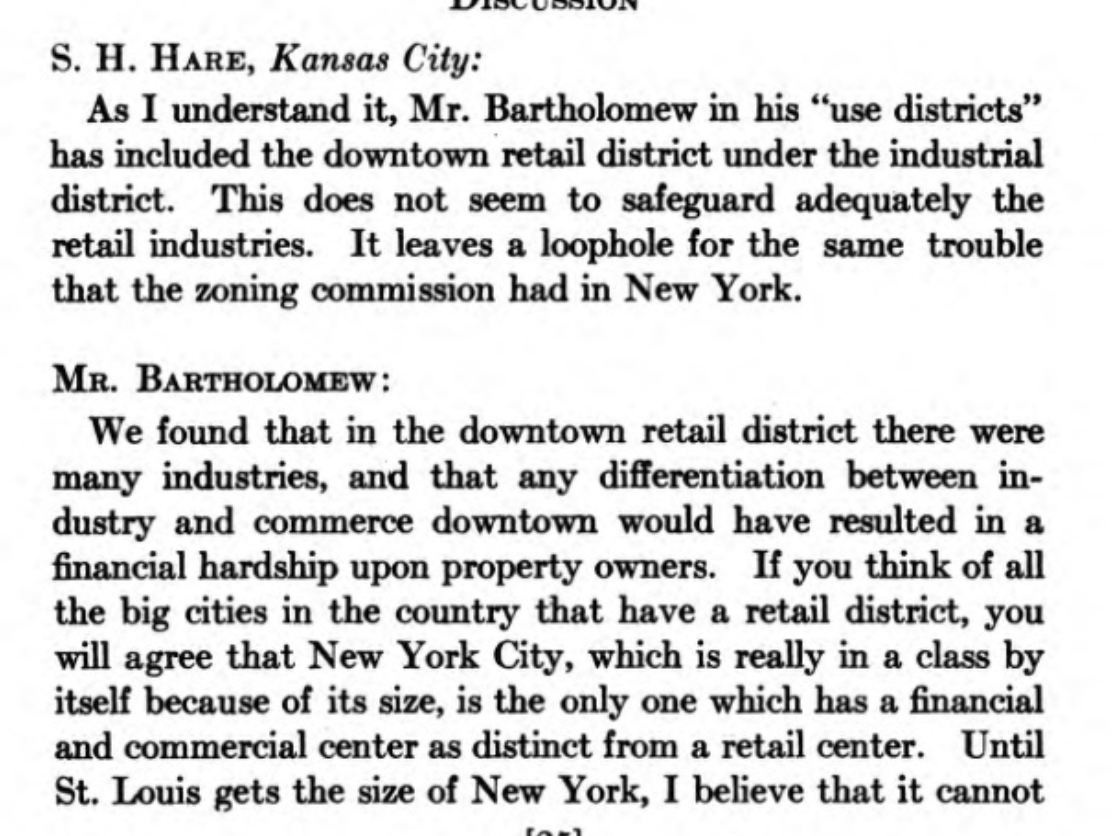
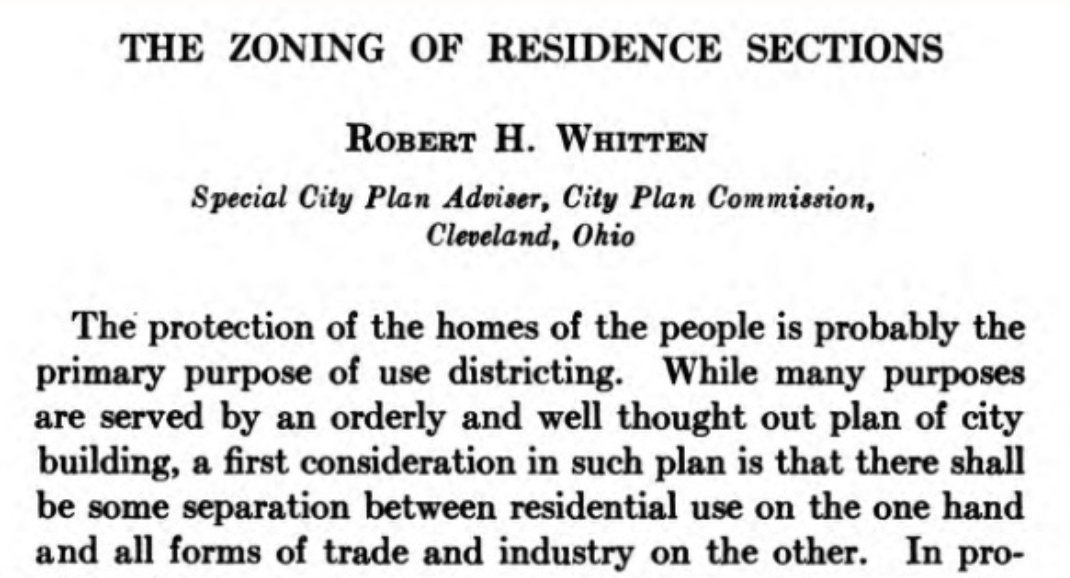


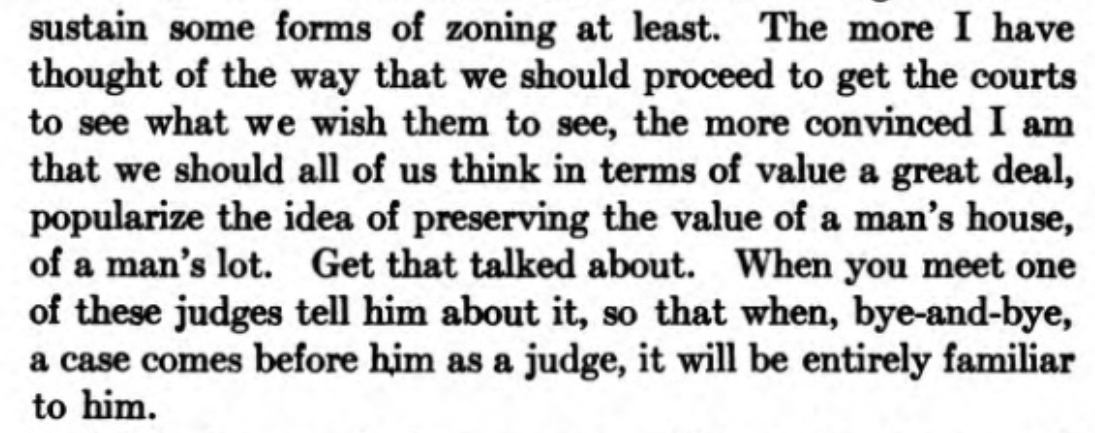 https://abs.twimg.com/emoji/v2/... draggable="false" alt="🐈" title="Cat" aria-label="Emoji: Cat">) is here and has some thoughts on how to pre-sell zoning to judges to avoid the fate of racial zoning. Beating on property values and preventing "destruction" is the key." title="Lawson Purdy, the property tax reformer and zoning advocate (and a brother https://abs.twimg.com/emoji/v2/... draggable="false" alt="🔰" title="Japanese symbol for beginner" aria-label="Emoji: Japanese symbol for beginner">https://abs.twimg.com/emoji/v2/... draggable="false" alt="🐈" title="Cat" aria-label="Emoji: Cat">) is here and has some thoughts on how to pre-sell zoning to judges to avoid the fate of racial zoning. Beating on property values and preventing "destruction" is the key." class="img-responsive" style="max-width:100%;"/>
https://abs.twimg.com/emoji/v2/... draggable="false" alt="🐈" title="Cat" aria-label="Emoji: Cat">) is here and has some thoughts on how to pre-sell zoning to judges to avoid the fate of racial zoning. Beating on property values and preventing "destruction" is the key." title="Lawson Purdy, the property tax reformer and zoning advocate (and a brother https://abs.twimg.com/emoji/v2/... draggable="false" alt="🔰" title="Japanese symbol for beginner" aria-label="Emoji: Japanese symbol for beginner">https://abs.twimg.com/emoji/v2/... draggable="false" alt="🐈" title="Cat" aria-label="Emoji: Cat">) is here and has some thoughts on how to pre-sell zoning to judges to avoid the fate of racial zoning. Beating on property values and preventing "destruction" is the key." class="img-responsive" style="max-width:100%;"/>
